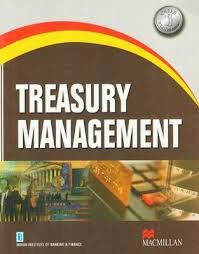SME AND CONSUMER BANKING
Full Marks : 100
Module A: Role of SME
Role of SMEs in The Economic Development of Bangladesh, Policy Environment and Initiatives of SMEs, Experiences of SME Foundation.
Module B: Sources and Modes of SME Finance
Role of FIs, Bangladesh Bank Guidelines, Equity Entrepreneurship Fund (EEF), NGOs, Venture Capitalists and Informal Sector.
Module C: Formulation of Business Plan and Project Appraisal for SMEs
Essentials of Business Plans Sector Specific Requirements Project Appraisal Marketing Aspect, Technical Aspect, Financial Aspect, Cash Flow Analysis, Financial Projections, Cost of The Project and Means of Financing, Break-Even Point, Capital Budgeting Techniques, NPV, BCR and IRR, Assessment of Working Capital, Assessment of Risks, Identification and Selection of Entrepreneurs.
Module D: Operational Procedures in SME Financing
Asset Based Financing, Factoring, Leasing, Tripartite Agreements, Documentation and Creation of Charges on Securities, Repayment Schedule of Loans, Monitoring and Counseling.
Module E: Consumer Banking
Overall Objectives, Critical Elements of Consumer Banking, Consumer Banking Products, Operational Aspects, Legal Framework and Bangladesh Bank Guidelines.
Module F: Recovery of SME and Consumer Credit
Identification of Non-Performing Loans, Procedures Relating to Recovery- Legal and Non-Legal aspects.
References:
Module A: Role of SME
Role of SMEs in The Economic Development of Bangladesh, Policy Environment and Initiatives of SMEs, Experiences of SME Foundation.
Module B: Sources and Modes of SME Finance
Role of FIs, Bangladesh Bank Guidelines, Equity Entrepreneurship Fund (EEF), NGOs, Venture Capitalists and Informal Sector.
Module C: Formulation of Business Plan and Project Appraisal for SMEs
Essentials of Business Plans Sector Specific Requirements Project Appraisal Marketing Aspect, Technical Aspect, Financial Aspect, Cash Flow Analysis, Financial Projections, Cost of The Project and Means of Financing, Break-Even Point, Capital Budgeting Techniques, NPV, BCR and IRR, Assessment of Working Capital, Assessment of Risks, Identification and Selection of Entrepreneurs.
Module D: Operational Procedures in SME Financing
Asset Based Financing, Factoring, Leasing, Tripartite Agreements, Documentation and Creation of Charges on Securities, Repayment Schedule of Loans, Monitoring and Counseling.
Module E: Consumer Banking
Overall Objectives, Critical Elements of Consumer Banking, Consumer Banking Products, Operational Aspects, Legal Framework and Bangladesh Bank Guidelines.
Module F: Recovery of SME and Consumer Credit
Identification of Non-Performing Loans, Procedures Relating to Recovery- Legal and Non-Legal aspects.
References:
1 Bangladesh Bank reports
2 Reports of SME Foundations





